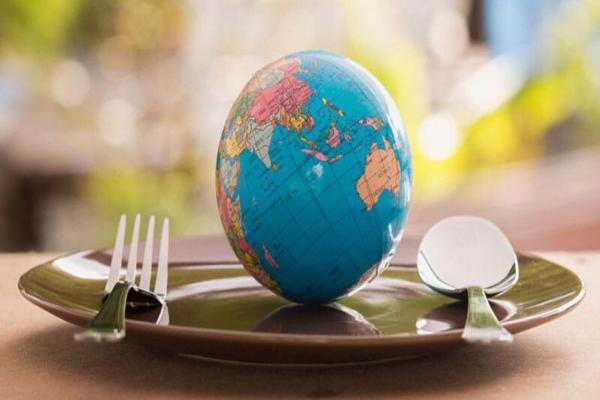Pollution: we eat plastic
The researchers wondered where these plastic microparticles came from. Several hypotheses emerge. It is now estimated that 2% to 5% of the plastic produced ends up in the oceans. However, once in the sea, it is consumed by marine animals, enters the food chain before ending up, as a last resort, consumed by humans. In fact, of the eight people chosen to participate in the survey, six had consumed seafood during the study period.
It is also likely that during the different stages of its preparation, but also of its packaging and conditioning, our food is contaminated by plastics.
Finally, all the study participants had also drunk water in bottles plastic, usually PET, a material found in all samples analyzed.
Half of humanity eats plastics
That's enough for Philip Schwabl (University of Medicine Vienna, Austria) and his co-authors from the Austrian Environment Agency, to suspect that at least half of the world's population carries microparticles of different plastics in their digestive system. And probably a lot more.






